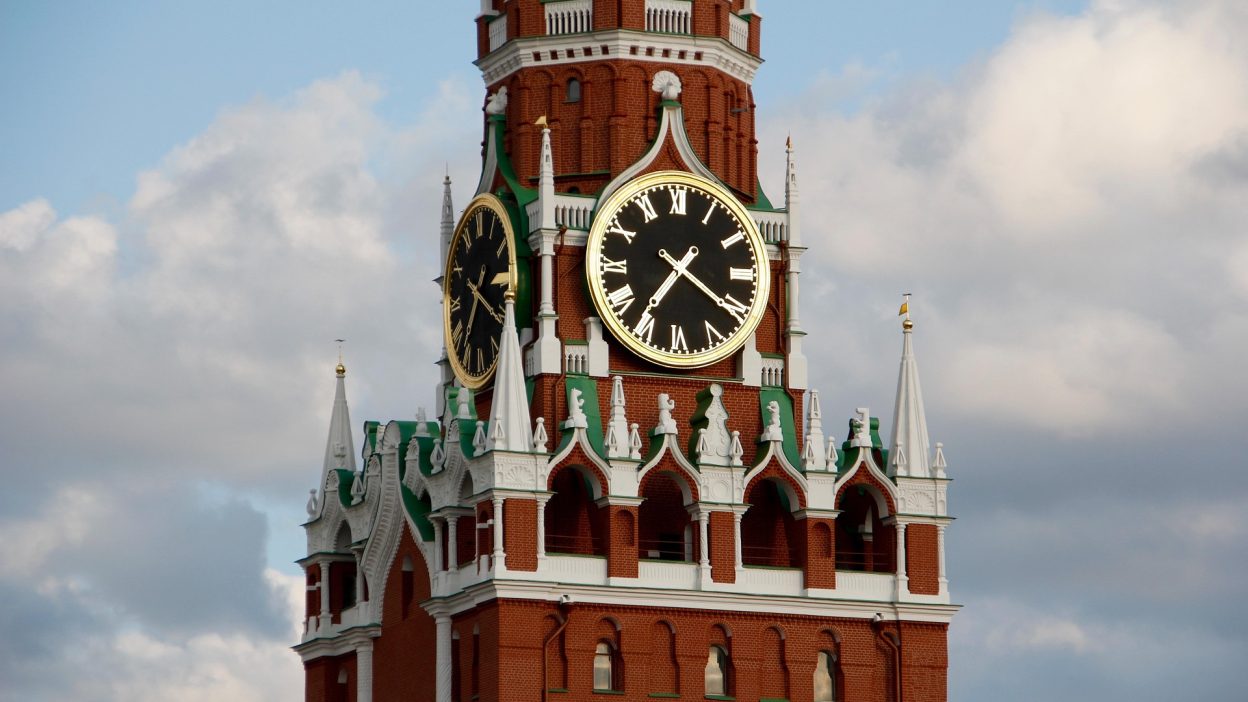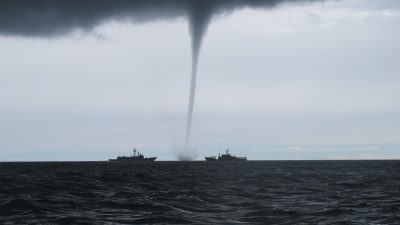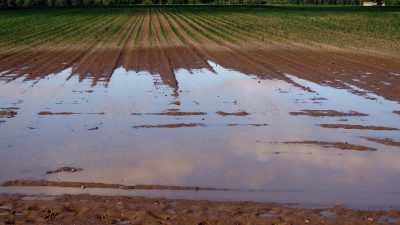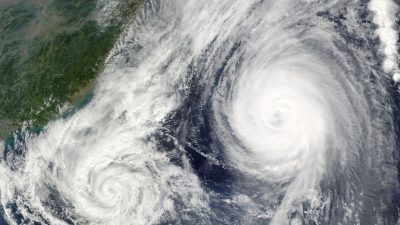The Forgotten Inferno That Wiped Out A Town
The Kursha-2 fire of 1936 remains one of the deadliest and most tragic wildfires in Russian history, yet it is largely forgotten outside of historical circles. What began as a blazing forest fire turned into a horrific disaster, consuming an entire settlement and claiming hundreds of lives. The fire not only exposed the dangers of Soviet industrial policies but also revealed severe failures in disaster management.
Unlike natural disasters that occur without human intervention, the Kursha-2 inferno was a preventable catastrophe. Overcrowded labour camps, poor fire safety standards, and reckless industrial expansion in the middle of fire-prone forests created a perfect recipe for disaster. Despite the horrifying loss of life, the Soviet Union worked to suppress information about the incident, ensuring that it remained a footnote in history rather than a widely known tragedy.
This blog delves into the causes, devastation, and aftermath of the Kursha-2 fire, shedding light on why the disaster was silenced and what lessons the world can learn from it today.
1. A Town Doomed by Location: Why Kursha-2 Was a Disaster Waiting to Happen
The Kursha-2 settlement was not a typical town but rather an industrial logging camp deep in the forests of Mordovia, part of the Soviet Union. It was established as part of Stalin’s rapid industrial expansion, focusing on wood production for the growing Soviet economy.
The location of Kursha-2 was both its lifeline and its death trap. Situated within a dense, dry forest, the town had no natural fire barriers, making it highly vulnerable to wildfires. Summers in the region were often hot and dry, with strong winds that could quickly spread flames across miles of woodland.
Despite these obvious risks, the Soviet government took no significant precautions. The settlement lacked firebreaks, had poor evacuation routes, and depended on outdated methods to fight fires. Labourers were housed in wooden barracks, which were highly flammable, and safety regulations were virtually non-existent. The town was cut off from major cities, meaning that in the event of an emergency, help would arrive too late—if it arrived at all.
With thousands of workers living in dangerously flammable conditions, the stage was set for a devastating fire that no one would be able to stop.
2. A Fire Ignited: How the Inferno Consumed Kursha-2
The fire that erased Kursha-2 started in the dense forests surrounding the settlement, likely due to lightning, sparks from logging machinery, or human negligence. Given the dry conditions of the summer, the fire quickly grew out of control, fanned by strong winds that carried flames deep into the heart of the industrial settlement.
Within hours, the flames had engulfed large sections of the forest, creating a massive firestorm that produced its own wind currents, making it impossible to contain. The workers, most of whom were underpaid, overworked, and ill-prepared, found themselves trapped in a death zone.
Attempts to fight the fire were futile. The town had no proper fire department, and the limited firefighting equipment was outdated and inadequate. When the flames reached the settlement, the wooden buildings ignited instantly, turning the entire town into a raging inferno.
Those who tried to flee faced a nightmare—the only escape route was through the burning forest. Many ran straight into the flames, while others tried to reach the nearest railway line, only to be overcome by smoke and collapsing trees.
The Kursha-2 fire was not just a disaster—it was a massacre caused by a total lack of preparedness and reckless industrial expansion.
3. Death Toll and Devastation: The Human Cost of Kursha-2’s Destruction
- Casualties in the Hundreds
The exact number of victims remains unknown, as Soviet authorities refused to release accurate statistics. Estimates suggest that between 600 and 1,000 people perished, with many more suffering life-threatening burns and injuries. - A Town Reduced to Ashes
The settlement was completely obliterated. Buildings, homes, and industrial sites vanished in the firestorm, leaving nothing but charred ruins. - No Emergency Response
With no official evacuation plan, the workers were left to die. Those who survived did so by sheer luck, escaping through narrow paths between burning trees. - Environmental Catastrophe
The wildfire also wiped out vast sections of the forest, permanently altering the local ecosystem. The loss of habitat and destruction of resources had long-term economic and environmental effects.
4. Soviet Negligence: How Stalin’s Policies Made This Disaster Worse
The Soviet Union prided itself on industrial progress, but this often came at a deadly cost. Kursha-2 was not designed for safety, but for maximum productivity, with little regard for the lives of the labourers who worked there.
The Stalinist system relied heavily on forced labour, rapid industrialisation, and state-controlled secrecy. The logging industry, which depended on poorly paid workers and prisoners, cut corners on safety, ignoring the risks posed by wildfires and extreme weather.
When the fire broke out, no state resources were allocated to help the trapped workers. Instead, the authorities downplayed the disaster, ensuring that it would be forgotten rather than investigated.
5. Trapped and Helpless: The Last Moments of Kursha-2’s Residents
For those inside the town, the situation turned into an inescapable horror. Survivors recounted the blazing heat, thick smoke, and screams of those trapped in the flames. With no escape routes, many were forced to make impossible choices—stay and burn, or run into the flaming forest.
Some tried to shelter in basements, only to suffocate from smoke inhalation. Others ran towards rivers and lakes, hoping that water would protect them, but the intense heat boiled the water, making survival impossible.
The panic and chaos of the last moments of Kursha-2 remain some of the most terrifying accounts of human desperation in disaster history.
6. The Aftermath: What Happened After the Fire?
Once the flames died down, the wreckage of Kursha-2 was a scene of absolute devastation. Bodies were burned beyond recognition, and the town itself had ceased to exist.
Instead of acknowledging the disaster, the Soviet government covered it up. No public mourning, memorial, or relief effort was made. The site was simply abandoned, and survivors were forbidden to speak about it.
7. Forgotten by the World: How the Soviet Union Erased Kursha-2
- Censorship in Soviet Media
News reports about the fire were suppressed, ensuring the disaster remained unknown. - No Official Memorial
Unlike other disasters, no monuments were built, leaving no trace of the tragedy. - Historical Silence
Soviet-era history books failed to mention Kursha-2, keeping it out of public memory.
8. The Tragedy That Should Have Been Prevented
The Kursha-2 disaster was not an unavoidable accident; it was a failure of planning, safety, and responsibility. Fires were common in the region, yet no precautions were taken to protect the settlement. The workers were abandoned to their fate, with no evacuation plans, emergency resources, or fire safety measures in place.
Had the Soviet government implemented basic firebreaks, proper emergency response strategies, and escape routes, hundreds of lives could have been saved. Even something as simple as better railway access for emergency evacuations could have dramatically reduced the death toll. Instead, neglect, secrecy, and poor leadership allowed the town and its people to be consumed by flames.
What makes this disaster particularly tragic is that it was preventable. The deaths were not just due to the fire, but due to the Soviet state’s failure to protect its people. Unfortunately, rather than learning from this catastrophe, the Soviet Union chose to erase it from history, ensuring that similar mistakes would be repeated in later disasters.
9. Honouring the Forgotten Victims of Kursha-2
The victims of the Kursha-2 fire have been largely forgotten by history, their deaths erased from official records and ignored by the government that failed them. Unlike other major disasters, there was no memorial, no day of remembrance, and no public acknowledgment of the lives lost.
For decades, survivors and their families were forced to stay silent, unable to demand justice or recognition. Only in recent years have historical researchers begun to uncover the truth, piecing together survivor testimonies and rare archival documents to reconstruct what happened that day.
Honouring the victims means remembering their suffering and learning from their deaths. The failure to prevent, manage, and acknowledge this disaster serves as a warning of what happens when industrial ambition overshadows basic human safety. Their story deserves to be told—not buried under decades of censorship and neglect.
10. Could This Happen Again? The Risk of Modern-Day Fire Disasters
Though the Kursha-2 fire happened in 1936, wildfires and industrial disasters remain a very real threat today. In an era of climate change, deforestation, and rising global temperatures, the risk of fire-related catastrophes is greater than ever.
The same mistakes made in Kursha-2 are still being repeated worldwide—poor fire safety planning, lack of evacuation routes, and prioritisation of profit over human lives. Even in modern times, we have seen similar disasters, from the 2019-2020 Australian bushfires to the devastating wildfires in California and Greece.
Governments must take wildfire risks seriously, investing in fire prevention strategies, early warning systems, and rapid response teams. Without proper action, another Kursha-2-style disaster could easily happen again, leaving behind charred ruins and unanswered questions. The past has already shown us what happens when safety is ignored—it is up to us to make sure history does not repeat itself.
FAQs
1. What caused the Kursha-2 fire?
The fire likely started due to lightning, human negligence, or sparks from logging equipment. The hot, dry conditions and strong winds caused it to spread rapidly, overwhelming the settlement.
2. How many people died in the Kursha-2 disaster?
The exact number is unknown, as Soviet authorities suppressed information, but estimates suggest between 600 and 1,000 people perished, with many more injured or missing.
3. Why was there no proper evacuation?
The settlement had no fire escape routes, no emergency services, and no proper firefighting equipment. When the fire reached the town, the workers were trapped with nowhere to run.
4. Why did the Soviet Union cover up the disaster?
The Soviet regime controlled all media and historical records. Acknowledging the tragedy would have exposed the government’s failures in worker safety and disaster response, so they chose to erase it from history.
5. Could a similar disaster happen today?
Yes. Climate change, deforestation, and inadequate fire management make modern wildfires deadlier than ever. Without proper safety measures, a Kursha-2-style disaster could easily happen again.




